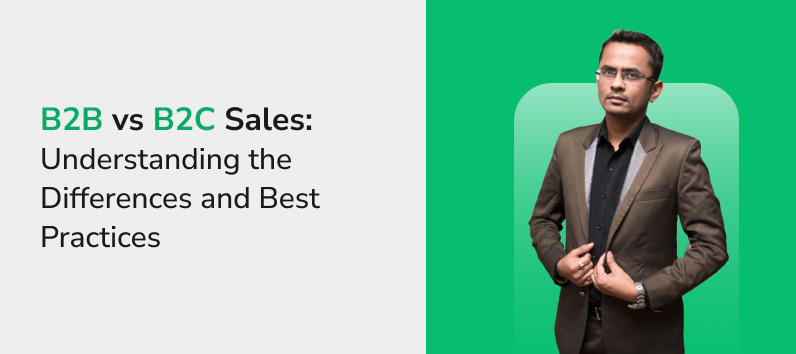In the world of sales, understanding the distinct approaches between B2B (Business-to-Business) and B2C (Business-to-Consumer) sales is crucial for any business aiming to thrive.
These two sales strategies B2B vs B2C sales have fundamental differences in target audience, sales cycles, decision-making processes, and marketing tactics.
By delving into the nuances of each, businesses can tailor their strategies to better meet the needs of their customers and enhance their overall sales performance.
Let’s start!
What is B2B Sales?
B2B sales involve transactions between businesses. This could range from a manufacturer selling products to a wholesaler, a software company providing solutions to other businesses, or a consultancy firm offering professional services to enterprises.
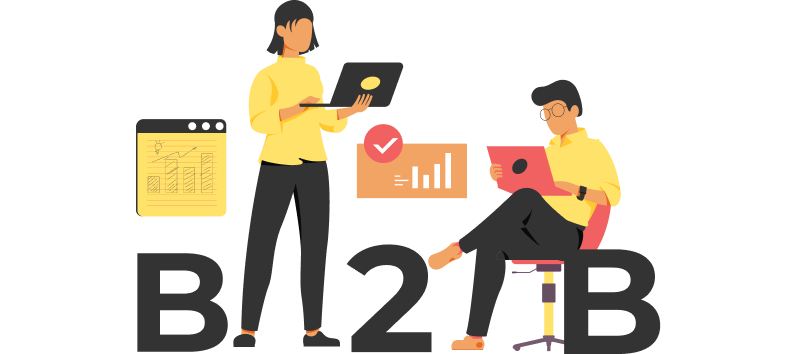
Here are some key characteristics of B2B sales:
Longer Sales Cycles
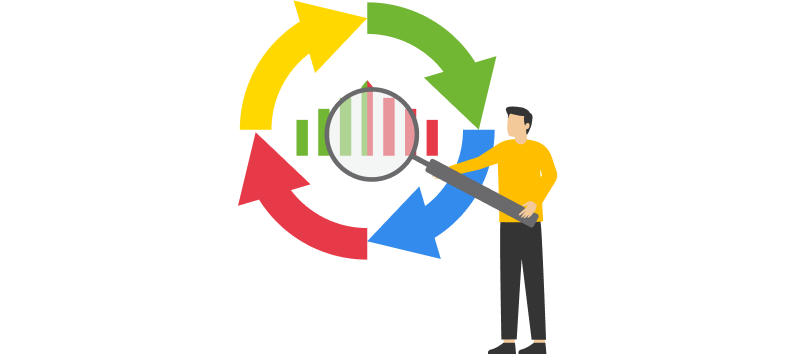
B2B transactions typically have longer sales cycles. The decision-making process involves multiple stakeholders, requiring thorough presentations, demos, and negotiations. This extended timeline is due to the higher investment and the need for detailed evaluations.
Relationship Building
Success in B2B sales hinges on building strong, long-term relationships. Sales representatives often work closely with their clients, providing tailored solutions and continuous support. Trust and reliability are crucial in this context.
Complex Decision-Making
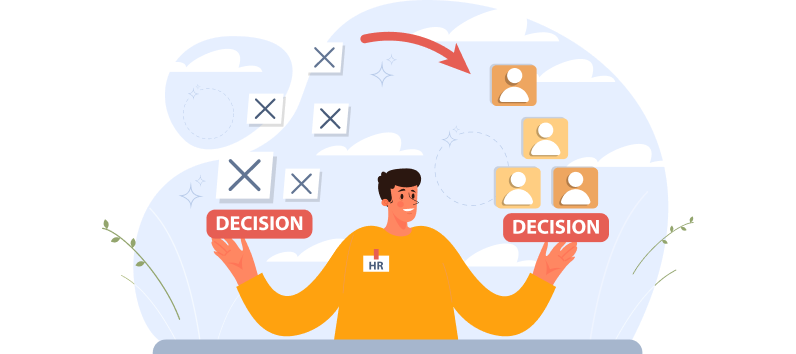
Purchasing decisions in B2B sales are often made by a committee or a group of decision-makers within the organization. This complexity necessitates a well-thought-out approach to address the specific needs and concerns of each stakeholder.
Customized Solutions
B2B customers frequently seek customized solutions to meet their unique business requirements. This demands a deep understanding of the client’s industry, challenges, and goals, enabling the sales team to offer highly relevant products or services.
Value-Driven Communication
In B2B sales, the emphasis is on the value and ROI (Return on Investment) that the product or service can provide. Detailed proposals, case studies, and data-driven presentations are used to demonstrate this value.
You can master all the characteristics of B2B by enrolling in the popular B2B sales training program. You can get a better idea and opportunity to learn new sales strategies that thrive your B2B sales.
What is B2C Sales?
B2C sales focus on transactions between businesses and individual consumers. This includes retail sales, online shopping, and any scenario where a business sells directly to an end-user.
Key characteristics of B2C sales include:
Shorter Sales Cycles
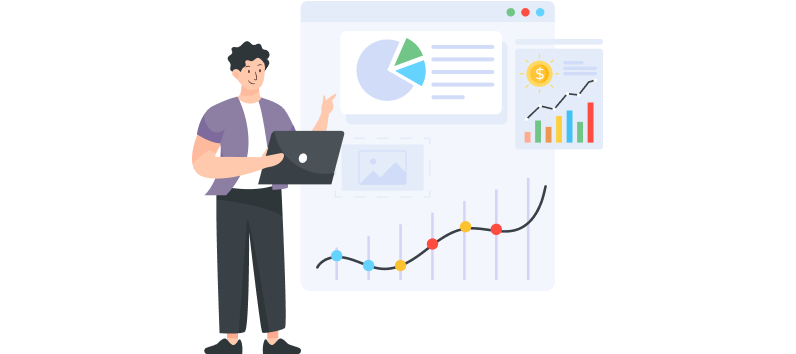
B2C transactions typically have shorter sales cycles. Consumers make quicker decisions based on personal needs, preferences, and impulses. The process is usually straightforward, with fewer steps involved.
Emotional Appeal
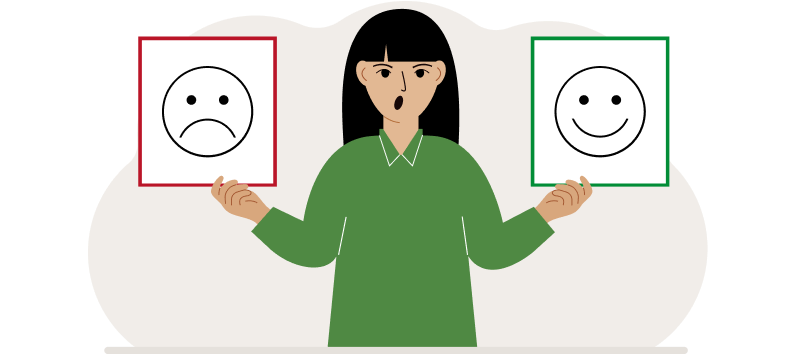
B2C sales leverage emotional appeal and brand experience. Marketing strategies often focus on creating an emotional connection with the consumer, using storytelling, appealing visuals, and engaging content to drive sales.
High Volume of Transactions
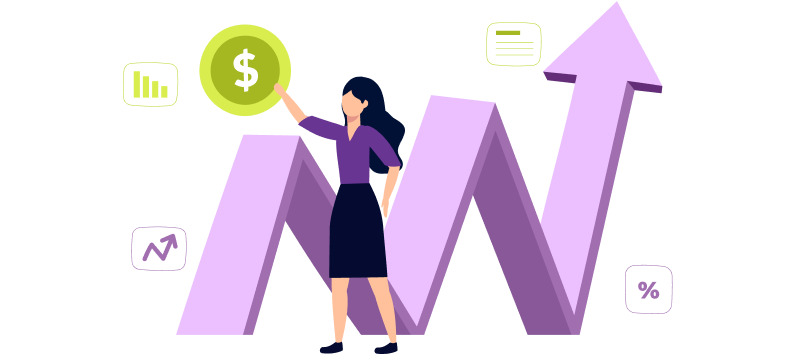
B2C sales often involve a higher volume of smaller transactions. This necessitates a robust infrastructure to handle numerous sales efficiently, including inventory management, customer service, and logistics.
Broad Marketing Strategies
Marketing in B2C sales targets a wider audience through mass media, social media, and digital marketing campaigns. Understanding consumer behavior, preferences, and trends is essential for crafting effective marketing messages.
Price Sensitivity
Consumers in the B2C market are generally more price-sensitive. Competitive pricing, discounts, and promotional offers play a significant role in influencing purchasing decisions.
As you learn about B2B and B2C sales with their characteristics, now we are going to learn the best practices of B2B and B2C sales in the next section. This will help you to better understand the difference between B2B vs B2C sales.
Best Practices for B2B vs B2C Sales
For B2B Sales
Invest in Relationship Management
Develop strong, personalized relationships with clients. Regular follow-ups, exceptional customer service, and tailored solutions build trust and loyalty.
Focus on Expertise and Authority
Demonstrate industry knowledge and expertise. Thought leadership through webinars, whitepapers, and industry events can position your business as a trusted advisor.
Leverage Data and Analytics
Use data-driven insights to understand client needs, predict trends, and tailor your offerings accordingly. This can significantly enhance the relevance and impact of your sales pitches.
For B2C Sales
Enhance Customer Experience
Focus on creating a seamless and enjoyable shopping experience. User-friendly websites, efficient checkout processes, and responsive customer support are critical.
Utilize Digital Marketing
Harness the power of digital marketing channels to reach and engage consumers. Social media, email marketing, and SEO (Search Engine Optimization) are powerful tools to drive traffic and sales.
Offer Personalization
Use data and technology to personalize the shopping experience. Personalized recommendations, targeted offers, and customized communications can significantly increase conversion rates.
Conclusion
While B2B vs B2C sales share the common goal of driving revenue, the strategies and approaches differ significantly.
Understanding these differences allows businesses to optimize their sales processes, better cater to their target audiences, and ultimately achieve greater success.
Whether you’re navigating the intricate world of B2B sales or the fast-paced realm of B2C sales, adopting the right tactics and maintaining a customer-centric focus are key to thriving in today’s competitive market.
Happy B2B & B2C Sales!!!!
